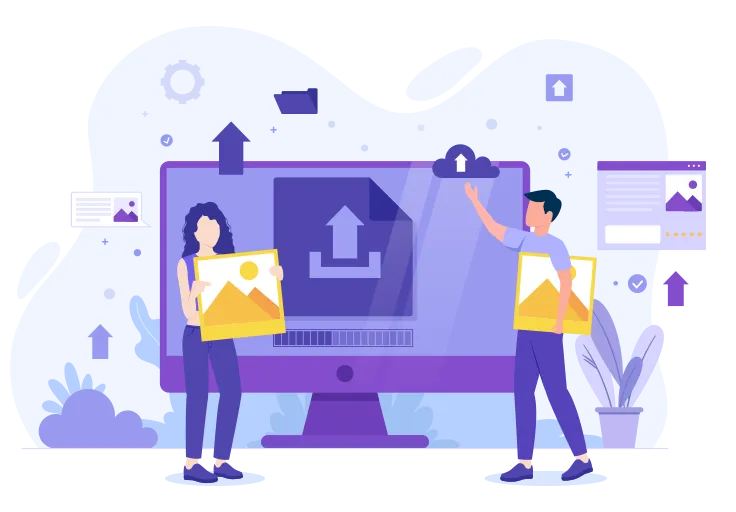
Our JPG to WEBP Conversion Guide
Converting from JPG to WEBP is an important step in modern web design and content management. This conversion not only helps increase your website's speed but also allows you to deliver the same visual quality with smaller file sizes. The WEBP format is a modern image format developed by Google and supports both lossy and lossless compression. This format, which is essential especially for web developers and digital marketers, is a great option for improving SEO performance as well as optimizing user experience. In this guide, you will find important information about how to convert from JPG to WEBP, its advantages, and common usage areas.
What Do JPG and WEBP Formats Mean?
JPG Format
JPG (Joint Photographic Experts Group) is a file format commonly used in digital images. It works with lossy compression technique, which leads to smaller image files but causes some data loss. JPG is especially ideal for photographs because it offers smooth color transitions and high-detail visuals. However, it lacks transparency support, which can be a disadvantage compared to formats like PNG or WEBP.
WEBP Format
WEBP is a modern image format developed by Google. By supporting both lossy and lossless compression, it allows images to be stored with high quality in smaller file sizes. WEBP offers approximately 30% smaller file sizes compared to JPG and provides transparency support. It also has a wide range of applications as it features animation and transparency capabilities. It is an ideal format for improving web performance and contributing to SEO.
images.tr With the help of the JPG converter on the website, you can easily convert your JPG format images to WEBP format.
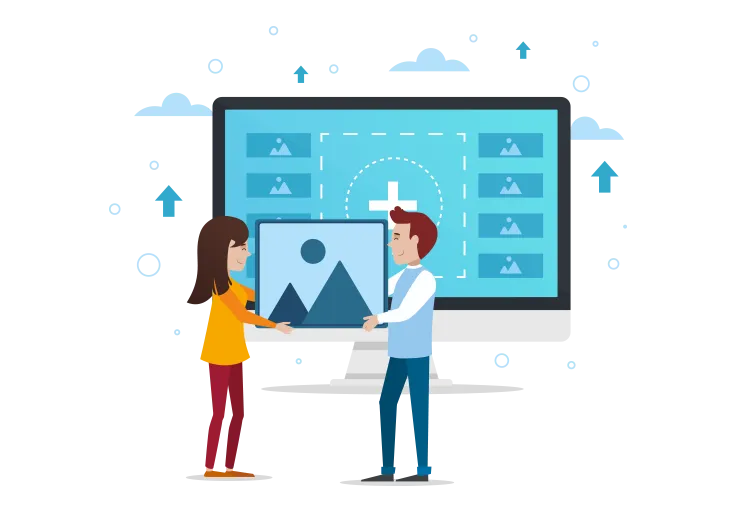
Free, Batch, and Fast JPG to WEBP Conversion with images.tr
The images.tr platform offers the ability to convert your JPG files to WEBP format in batch, for free, and quickly. This way, you can optimize multiple images at once without having to convert files one by one. This saves time especially for large websites or blogs and ensures web pages load faster. With images.tr, you can easily convert your high-resolution JPG files to smaller-sized and high-quality WEBP files.
Advantages of images.tr:
- Free and fast conversion: The ability to convert even large image files in a matter of seconds.
- Easy to use: With a user-friendly interface, conversions are quick and effortless.
- Batch Conversion: Converting multiple JPG files to WEBP format at once.
- High quality, low file size: Preserving image quality while reducing file sizes with WEBP format.
How to Convert JPG to WEBP with images.tr?
- Upload the JPG files you want to convert using the "Upload" button.
- Select WEBP Format: Choose WEBP as the output format.
- Start the Conversion: Begin the process by clicking the "Convert" button.
- Download the Results: Download the converted WEBP files to your computer.
Batch Image Processing with images.tr: Save Time
The batch image processing feature offered by images.tr provides a significant time saving, especially for those working on large projects. You can convert, resize, and optimize hundreds of images from JPG to WEBP at once.
Advantages of Batch Processing:
Process all your images at once instead of dealing with them individually, and achieve a consistent appearance by applying the same settings to all images, as well as speed up your workflow by automating repetitive tasks.

Everything is very easy with images.tr!
images.tr offers users a fast, secure, and free experience. It's an effective solution for increasing your website's speed without compromising the quality of your images. This is the easiest way to convert your JPG files to WEBP format without needing any technical knowledge. With just a few clicks, you can obtain your files in WEBP format and improve your performance on the internet.
What Are the Differences Between JPG and WEBP?
- File Size: WEBP offers smaller file sizes compared to JPG, allowing websites to load faster.
- Transparency Support: While JPG format doesn't support transparency, WEBP provides this support.
- Image Quality: WEBP preserves image quality better than JPG despite using lossy compression.
- Animation Support: WEBP format also supports animated images; this is a feature that JPG cannot offer.
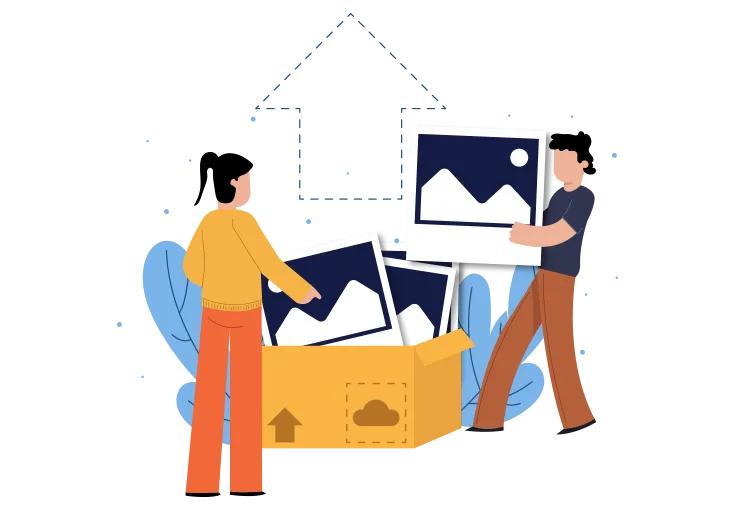

Why Should You Convert from JPG to WEBP?
- Increases Web Speed: Thanks to small file sizes, your website loads faster, which improves both user experience and search engine rankings.
- Preserves Image Quality: WEBP loses image quality at a minimum level during compression, which provides a professional appearance.
- Contributes to SEO: Pages that load faster are rewarded by search engines. Optimizing images increases SEO performance.
- Transparency and Animation Support: These features are often needed in web projects, and WEBP format offers an advantage in this regard.
Common Usage Areas of JPG and WEBP
- Websites: WEBP is an excellent choice for optimizing visuals on websites. User satisfaction increases with fast loading times.
- Blogs and Online Stores: Blogs with large image galleries or online stores that present product images can gain speed and performance advantages by preferring WEBP.
- Graphic Design: WEBP offers a flexible solution in graphic design projects by providing both high quality and low file sizes.
Things to Consider When Converting from JPG to WEBP
- Quality Control: It's important to check image quality after the conversion process. Although WEBP preserves quality during compression, excessive compression may cause some details to be lost.
- Browser Support: Most modern browsers support WEBP format, but older browsers or platforms may not support this format. In this case, JPG may need to be used as a backup format.
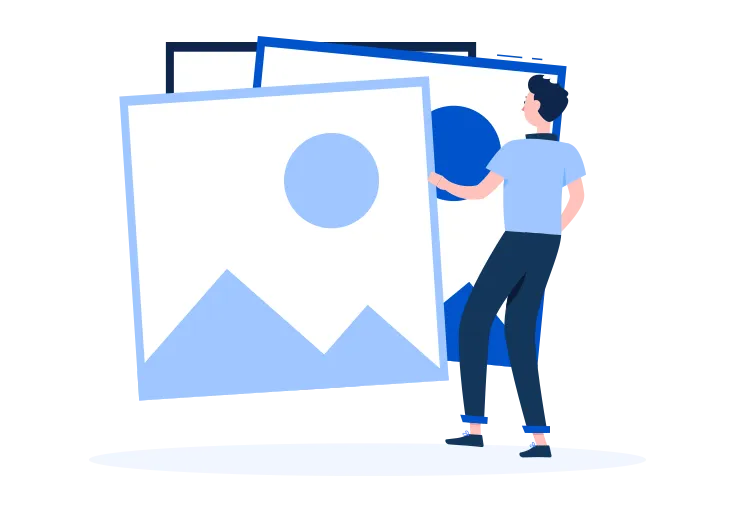
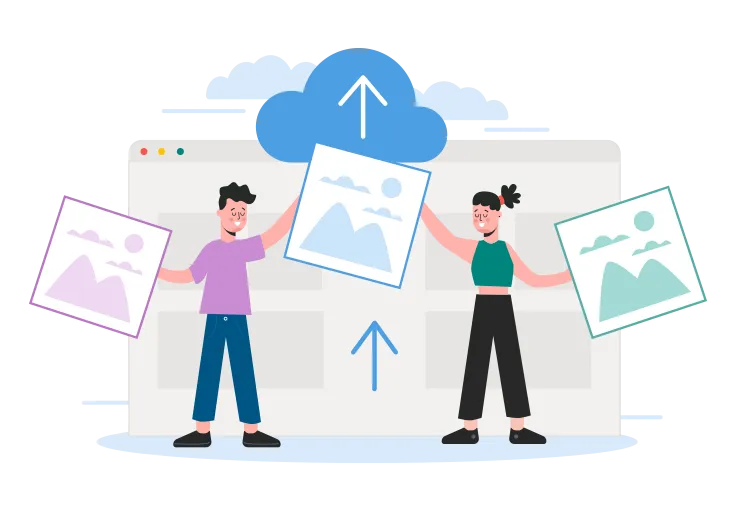
Image Resizing: An Important Step After WEBP Conversion
Using the images you convert to WEBP format in appropriate sizes improves both user experience and increases your web page's performance. Be careful not to make your images unnecessarily large. Using images in ideal resolution and size is an important step after conversion.
Why Is Image Resizing Important?
- Page Loading Speed: Smaller sized images make your page load faster.
- Mobile Compatibility: Resized images perform better on mobile devices.
- SEO Advantage: Fast-loading pages rank higher in search engines.
- User Experience: Quickly loading visuals increase the time visitors spend on your site.
Impact of JPG to WEBP Conversion on SEO
WEBP conversion provides a major advantage for SEO. Smaller file sizes contribute to making your site more valuable in the eyes of search engines by increasing page loading speed. Search engines reward fast and optimized sites, which helps you achieve higher rankings. Additionally, WEBP, being a format developed by Google itself, is compatible with search engine algorithms.
Benefits of Using WEBP for SEO:
- Visual Search Optimization: High-quality WEBP images can achieve better rankings in visual searches.
- On-Page SEO: Clear and readable images improve user experience and increase time spent on the site.
- Fast Loading: Properly sized WEBP files increase your page loading speed, positively affecting your SEO.

Take Your Images to the Next Level with JPG to WEBP
If you want your images to both load quickly and be of high quality, you can take your images to the next level by converting from JPG to WEBP. You can improve your site's performance while offering high-quality images to your users with smaller file sizes.
Frequently asked questions about JPG
What is JPG compression?
JPG compression is a process that reduces file size while preserving image quality. This provides faster loading times and storage savings.
Which formats can I convert JPG files to?
You can convert JPG files to formats like PNG, WEBP, AVIF, and HEIC. Each format has its own unique advantages.
How is the quality of JPG files affected?
Since JPG compression is a lossy format, image quality may decrease as compression ratio increases. Lower compression provides better quality.
Why is resizing a JPG file important?
Image resizing improves web page loading speed and enhances user experience. It also allows for sharing in appropriate sizes on social media.
Why are JPG files more common?
The JPG format is popular among photographers and web designers due to its high compression ratio and good quality balance.
Does JPG compression cause data loss?
Yes, JPG compression is lossy; this means you lose some image data as you reduce file size.
What are the advantages of converting JPG to PNG?
PNG format provides lossless compression and supports transparency. This is ideal especially for graphic and logo designs.
How can I convert a JPG file to HEIC format?
You can use online converter tools or software to convert your JPG file to HEIC format. HEIC provides better compression.
What are the benefits of switching from JPG to WEBP?
WEBP offers better compression ratios and generally provides smaller file sizes with faster loading times compared to JPG.
How can I optimize JPG files?
You can optimize JPG files by using appropriate compression settings, removing unnecessary metadata, and applying proper resizing to reduce file size.
What are the differences between JPG and other formats?
JPG offers lossy compression, PNG is lossless, WEBP provides better compression and transparency, AVIF offers high quality with low file size, and HEIC is a modern format providing more efficient storage on mobile devices.
What is the impact of JPG files on SEO?
Optimized JPG files improve web page loading speed, which positively affects SEO.
How can I improve the visibility of JPG format images in search engine results?
You can make your JPG images more visible by using image alt tags correctly, setting descriptive file names, and applying proper resizing.
Frequently asked questions about WEBP
What is WEBP?
WEBP is a modern image format that offers high compression rates and quality images. It supports both lossy and lossless compression.
How can I compress WEBP files?
You can compress WEBP files using online tools or software; this preserves quality while reducing file size.
What are the advantages of WEBP?
WEBP provides smaller file sizes and faster loading times compared to JPG and PNG, making it ideal for websites.
Which formats can I convert WEBP files to?
You can convert WEBP files to JPG, PNG, AVIF, and HEIC formats. Each format offers different advantages for specific uses.
Does WEBP support transparency?
Yes, WEBP supports alpha channel transparency similar to PNG but with smaller file sizes.
What browsers support WEBP?
Most modern browsers including Chrome, Firefox, Edge, and Safari support WEBP. However, some older browsers may require alternative formats.
Does WEBP work on mobile devices?
Yes, most modern mobile devices and browsers support WEBP, but compatibility should be checked for older devices.
How is WEBP different from JPG?
WEBP offers better compression than JPG and supports transparency. It provides similar quality images at smaller file sizes.
Can I convert JPG to WEBP?
Yes, you can convert JPG to WEBP using various online tools or software. This often results in smaller file sizes.
What is the typical file size reduction with WEBP?
WEBP typically reduces file sizes by 25-35% compared to JPG, and significantly more compared to PNG files with transparency.
How does WEBP impact SEO and website performance?
WEBP images can improve page loading speed, which positively affects SEO rankings. Faster websites also provide better user experience.
How does WEBP compare to AVIF?
AVIF generally offers better compression than WEBP, but WEBP has wider browser support. AVIF is newer and still gaining adoption.
Can I resize WEBP images?
Yes, you can resize WEBP images just like any other image format using various online tools or image editing software.
Published on .